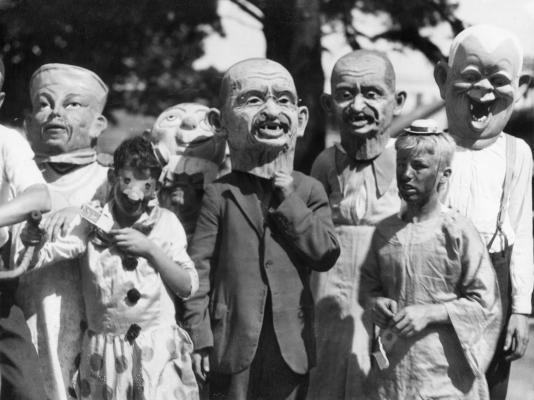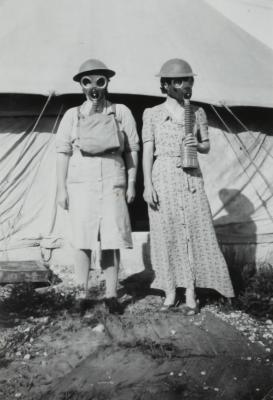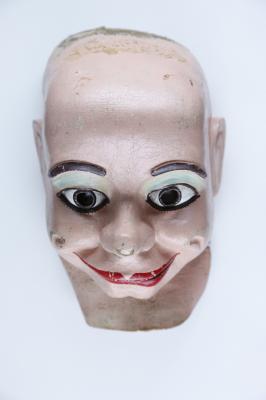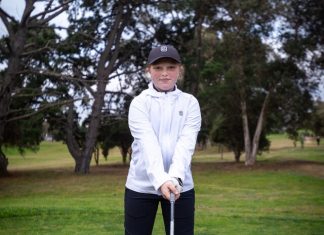Goya Dmytryshchak
Masks might come to symbolise 2020 but they have an intriguing history, as one can discover from Scienceworks’ Museum at Home.
While the Spotswood venue remains closed, its Museum at Home and other virtual resources are keeping children and adults entertained and informed, particularly as many engage in home schooling during lockdown.
A dive into the vaults of Museums Victoria has resulted in photos and stories of ’10 peculiar and splendid masks’, showcasing masks through the ages.
From the Golden Mask of Tutankhamun to dust masks worn by firefighters in the 2009 Black Saturday inferno, multiple masks and their purposes are featured.
From the Museums Victoria collection emerge photos of a glamour mask by fashion designer Prue Acton and blizzard mask made in the 1950s in Richmond for Australian research expeditions to Antarctica.
Other photos reveal masked men and costumed boys dressed up for entertainment at the Ballarat Gala Day in 1935.
Wartime photos show gas masks worn by nurses standing in front of the 7th Australian General Hospital in Palestine during WWII and a British WWI small box respirator with haversack.
Another shows a mask of a mask – the moulded and painted face mask of ventriloquist doll Gerry Gee.
There are also cane masks from Papua New Guinea – some covering the whole body – that were used in initiation rituals.
A timely addition that’s part of Museum at Home is called ‘Collecting the Curve’, a compilation of photos and stories capturing Victorian experiences of the COVID-19 pandemic.
Chief executive Lynley Crosswell said stories and items would continue to be shared in the weeks and months ahead as they were added to the “living” state collection.
“Collecting the Curve will also include a series of spirited discussions that will present the virus and its impact from different viewpoints, ranging from prominent scientists and researchers to families experiencing forced quarantine,” she said.
Museum at Home learning facilitator Marie Kinsey said the online platform contained articles, videos and activities for families and children to experience at home.
Whether exploring gravity or how to make slime, educational resources are available for people to just watch or interact with online.
The curriculum-aligned program aims to support teachers, students and families with content related to science, humanities and STEM.
“We now have an educational page which has links to a virtual tour of our museum,” Ms Kinsey said.
“So, you can travel through the Scienceworks’ space and take a look at some of the collections virtually and identify a few objects and fill out some questions or thoughts or discussions about what those objects are.
“It’s an activity that both activates our space that we have, which unfortunately is closed at the moment but they can still interact with it.
“Or, it takes some simple round-the-home things that you may have, such as the cornflour slime video that I featured in, so you just need a few ingredients that you might already have in your kitchen and here’s a fun activity that you can physically make something and then explore some scientific concepts of states of matter and fluids and liquids and solids and how they interact and work.”











